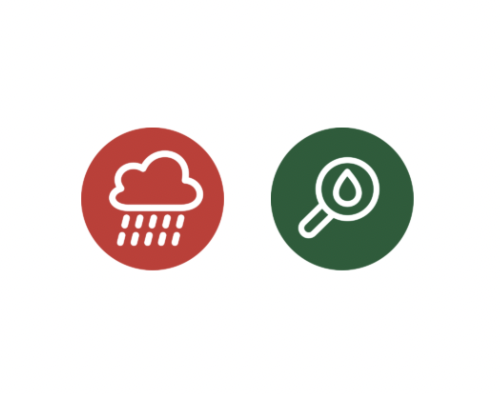SPONSOR:
National Institute for Water Resources, Water Resources Research Institute Program
PROJECT PERIOD:
3/1/2015 – 2/28/2017
ABSTRACT:
The surface waters in the Kahaluu Lagoon on the windward side of Oahu fronted by Kaneohe Bay have been shown to have very high levels of wastewater related bacteria. Watersheds feeding this lagoon contain over 1,600 cesspools or other on-site disposal systems (OSDS). While some introduction of sewage contamination may be due to overland flow during storm events causing OSDS to overflow, there is also chronic introduction of sewage contamination by the discharge of groundwater to streams. To identify the areas and more importantly the OSDS that are the primary source of wastewater contamination to the streams and the lagoon, the specific stream reaches where groundwater discharges to the streams need to be identified. This knowledge is critical to fully characterize the problem of wastewater contaminating surface water. Therefore, this research will combine and refine new methods to identify and quantify the locations and flux of groundwater and subsurface contaminant pollution to streams via continuous measurements of groundwater/surface water interaction by using four independent approaches that combine: 1) infrared mapping of groundwater seepage to streams and lagoon with thermal infrared imagery, 2) traditional seepage runs, 3) radon-222 and radon-220 activity surveys and continuous monitoring, and 4) continuous stream flow monitoring at multiple locations. Using these four independent methods to assess groundwater-surface water interaction in combination will allow cross-validation between the individual methods as well as the refinement of each method.
PRINCIPAL INVESTIGATOR
